
EV Charging 101
Learn how and why the world is shifting towards moresustainable energy sources, like electric vehicles (EVs) — and how it all works.
Types of Charging
EV charging can be broadly categorized into three types, based on the charging speed and location:

Level 1 Charging
This is the most basic form of charging that utilizes a standard household outlet (120 volts). However, it is the slowest charging option, providing around 4-5 miles of range per hour of charging.
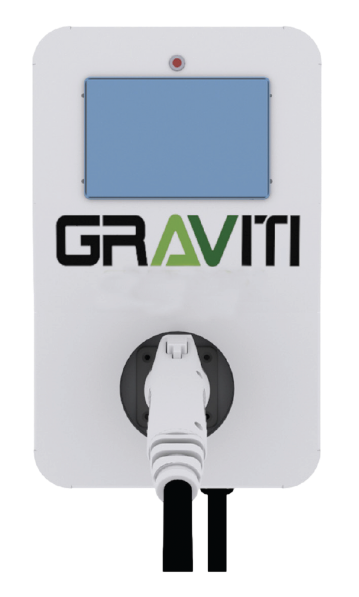
Level 2 Charging
Level 2 charging stations use an EV-specific outlet (240 volts) and offer faster charging speeds, providing approximately 25-30 miles of range per hour.

DC Fast Charging
Also known as Level 3 charging, DC fast charging is the fastest option available, utilizing high-powered DC electricity to recharge an EV in a matter of minutes. These charging stations are typically found on highways and major routes.
Charging Connectors
To connect your EV to a charging station, you need the appropriate charging connector. The 4 most common connector types are:
CCS (Combined Charging System)
This connector is designed for DC fast charging and is widely used in Europe and North America.
NACS (Tesla)
Tesla, a pioneer in the charging game, designed their own connector. We’re proud to be an early provider of fast charging networks offering native Tesla connection.
CHAdeMO
Stands for ‘Charge de Move’ & developed by a consortium of car manufacturers and industry groups, primarily based in Japan. Brands like Nissan and Mitsubishi are known for leveraging the CHAdeMO standard.
SAE J1772
This connector (also known as “J Plug”) is used by many EVs for AC charging and is primarily used for Level 1 and Level 2 charging in North America.

Charging Stations
EV charging stations can be found in various locations, including homes, workplaces, public areas, and commercial parking lots. These stations come in different forms:

Home Charging Stations
Installing a home charging station allows you to conveniently charge your EV overnight or during low-demand periods. It offers the flexibility of Level 1 and Level 2 charging, depending on your specific needs.

Public Charging Stations
Found in parking lots, shopping centers, and other public areas, these stations provide accessible charging options for EV owners who require on-the-go charging. They usually offer Level 2 and DC fast charging options.
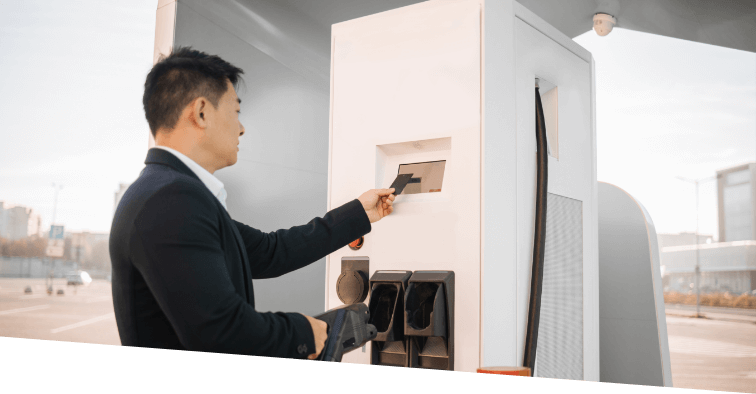
Workplace Charging Stations
Many employers are installing charging stations to encourage EV adoption among employees. This option provides convenience for EV owners during working hours.
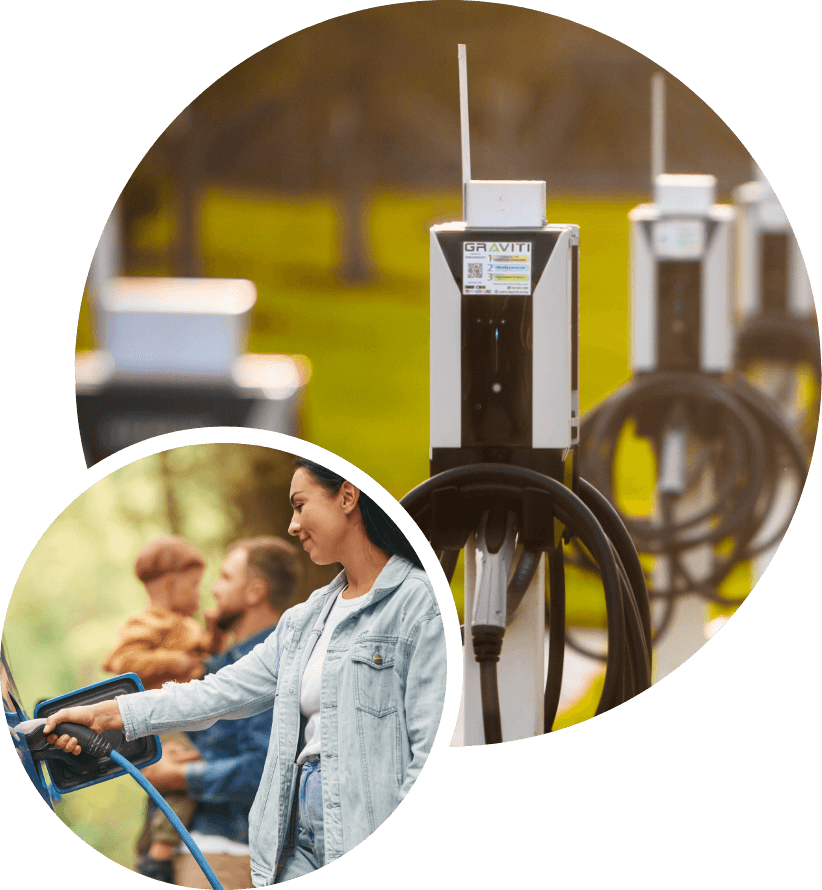
How Long Does It Take to Charge Your Electric Vehicle?
Many people who don’t drive electric vehicles often assume that charging takes a long time. But the truth is, electricity is easily accessible, and many drivers can conveniently charge their cars at home or at work, while the vehicle is idle for hours. Additionally, not many non-EV drivers are aware of the advancements in DC fast charging, which allows for much quicker charging times ranging from 15 to 45 minutes. Moreover, if you happen to come across Graviti Chargers, all it takes is a minute to plug in and start the charging session through the app.
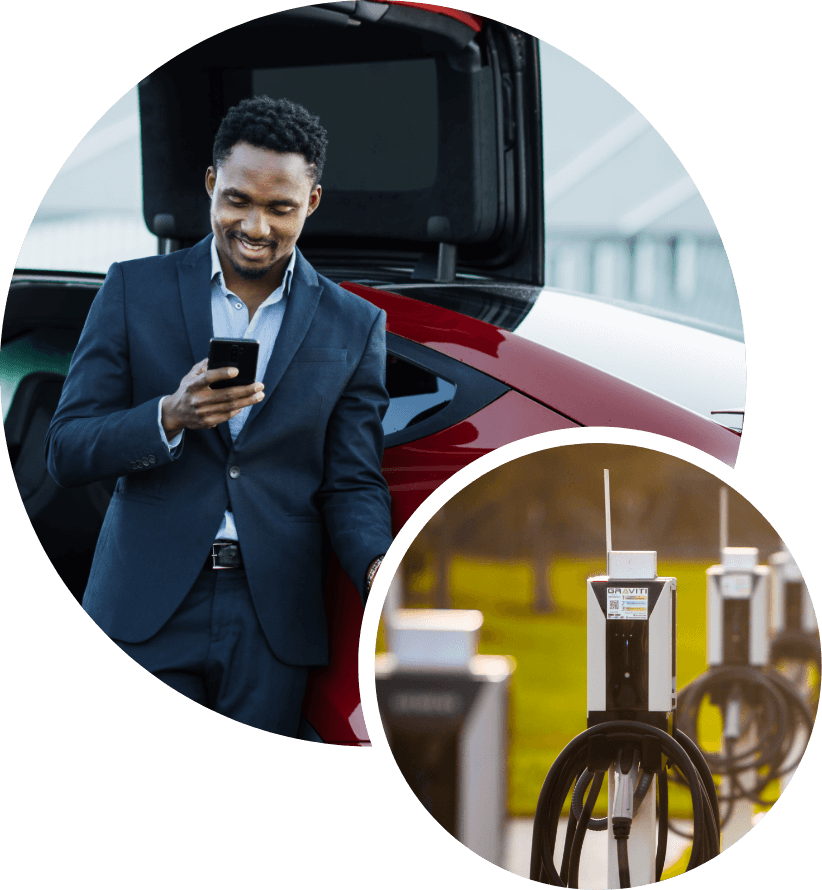
Charging Networks and Apps
To locate and access charging stations, our charging network and smartphone apps offer real-time information on the availability, location, and compatibility of charging stations. Graviti operates charging networks that span across different regions.
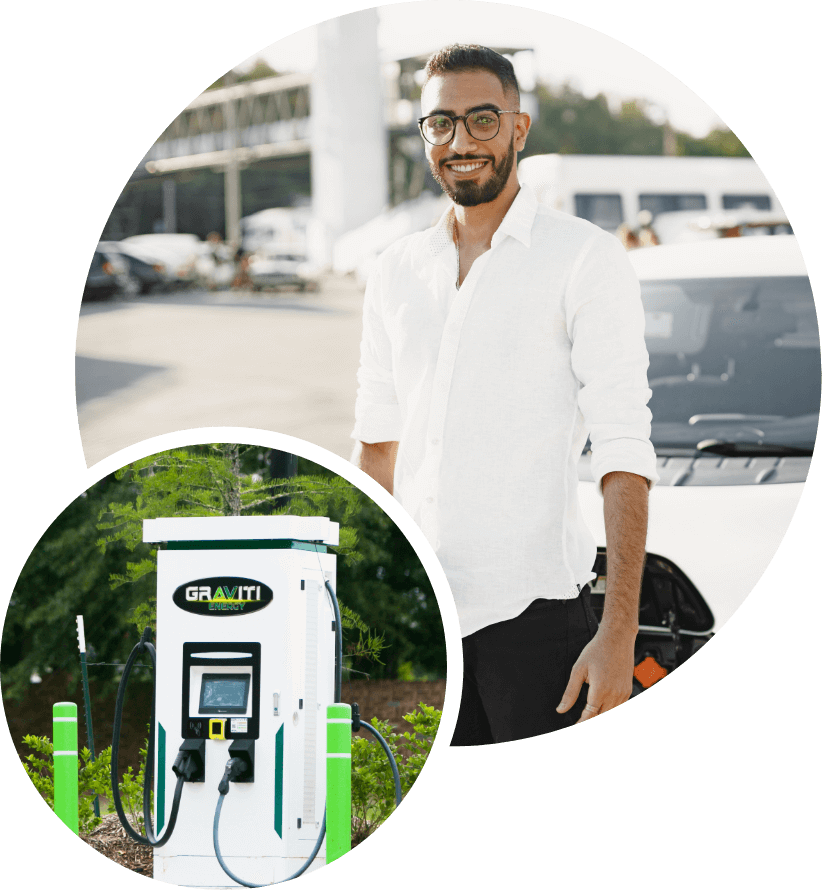
Charging Etiquette
Lastly, understanding basic charging etiquette can help maintain a smooth charging experience for all EV users. Some common practices include:
